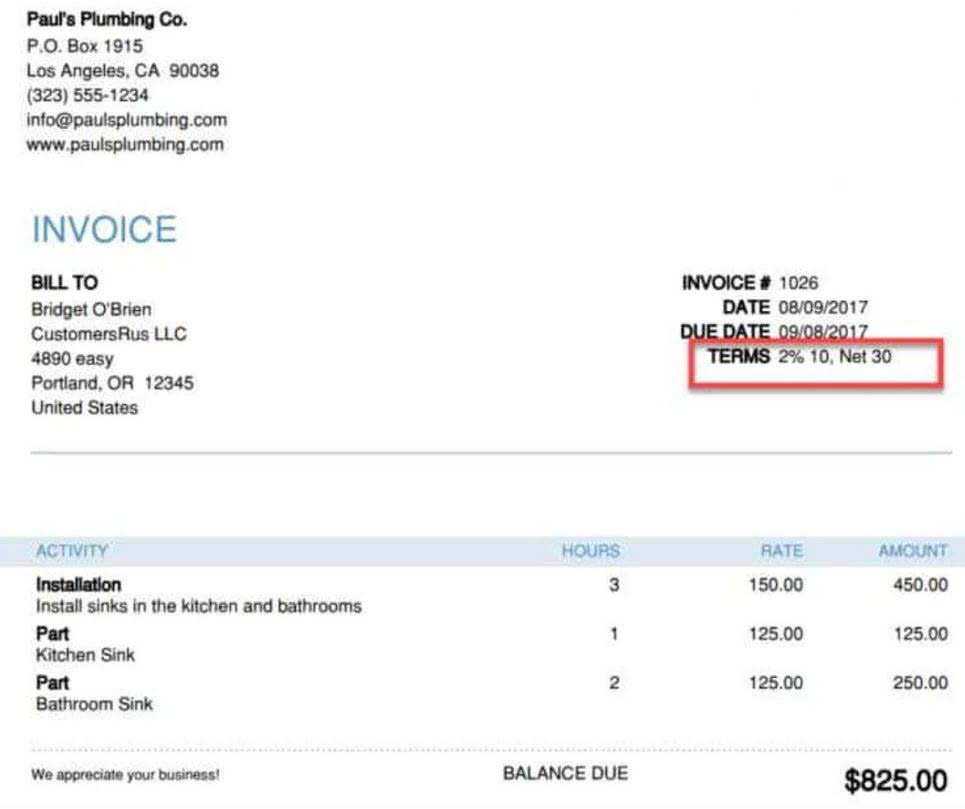
Understanding any process is the first step to its effective implementation. Any work trip your employees take gross vs net to build the business, such as a sales meeting or attending a work conference, comes under this category. While generally, a company books a flight, hotel, and rental car for the employee in advance, other expenses like cab and meals happen on-site. So, most of the organizations pay per diem rates in advance or reimburse the amount later. Using expense management software can streamline the process, but employers may also want to consider assigning corporate cards with limited budgets to their employees. Ramp transforms this chaos into a streamlined process through intelligent automation and real-time controls.

Implementing Your Policy
- We’re also counting any car, train or bus trip that lasts longer than an hour.
- Then, they’ll collaborate with you on booking the appropriate transportation at convenient times depending on the purpose of your trip.
- You might write a policy that requires auditing of every third expense reported submitted by any given employee, for example.
- Many come with mobile apps that allow employees to scan and store receipts on the go.
In this guide, we’ll walk through everything you need to know about travel expense reimbursement, from defining reimbursable expenses to how tools like Fyle can simplify the entire process. Show your other employee business expenses on Form 2106, lines 3 and 4, column A. Line 4 is for expenses such as gifts, educational expenses (tuition and books), office-in-the-home expenses, and trade and professional publications. If you don’t separately account for and seek reimbursement for meal and entertainment expenses in connection with providing services for a client, you are subject to the 50% limit on those expenses. If you received a reimbursement or an allowance for travel, or gift expenses that you incurred on behalf of a client, you should provide an adequate accounting of these expenses to your client.

Regular policy review and updates
The employer must also include $300 ($7,000 − $6,700) in box 1 of the employee’s Form W-2. This is the reimbursement that is more than the standard mileage rate. Ari was reimbursed $300 ($75 × 4 days), which is $4 more than the federal rate of $296 ($74 × 4 days).
The Different Types of Reimbursable Expenses

Get it wrong, and you could face thousands in IRS travel expense reimbursement penalties or turn legitimate business expenses into taxable income for your employees. Hold-ups in approvals triggered by manual error—like a missed email or forgotten line item on a report—could put employees in a financial bind. As an employer, you may still reimburse your employees for entertainment expenses; however, these reimbursements will need to be segregated so that they are not included on your tax return.
If your employer reimburses you for your expenses using a per diem or a car allowance, you can generally use the allowance as proof for the amount of your expenses. A per diem or car allowance Accounts Receivable Outsourcing satisfies the adequate accounting requirements for the amount of your expenses only if all the following conditions apply. Your employer should tell you what method of reimbursement is used and what records you must provide. Statutory employees include full-time life insurance salespersons, certain agent or commission drivers, traveling salespersons, and certain homeworkers.

